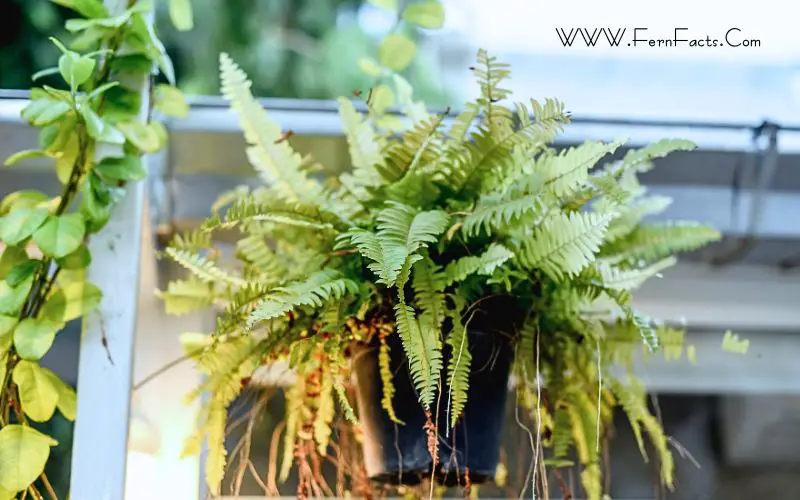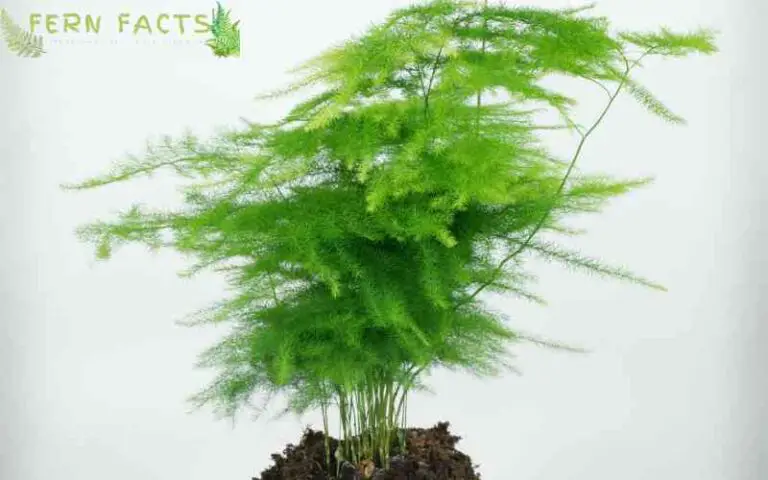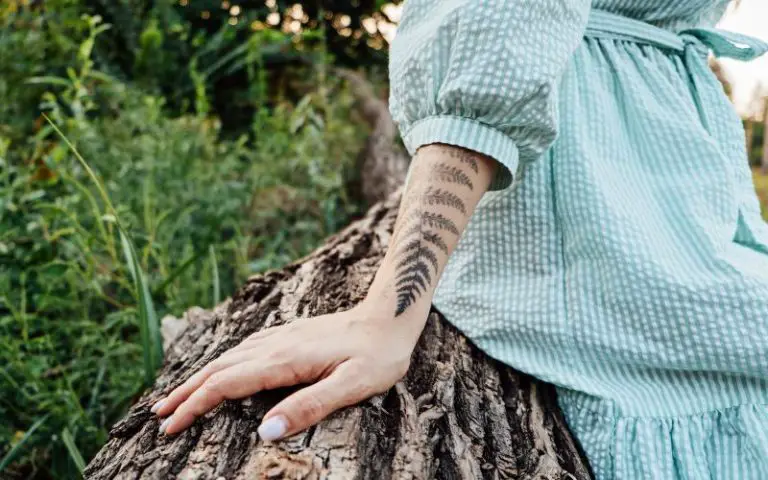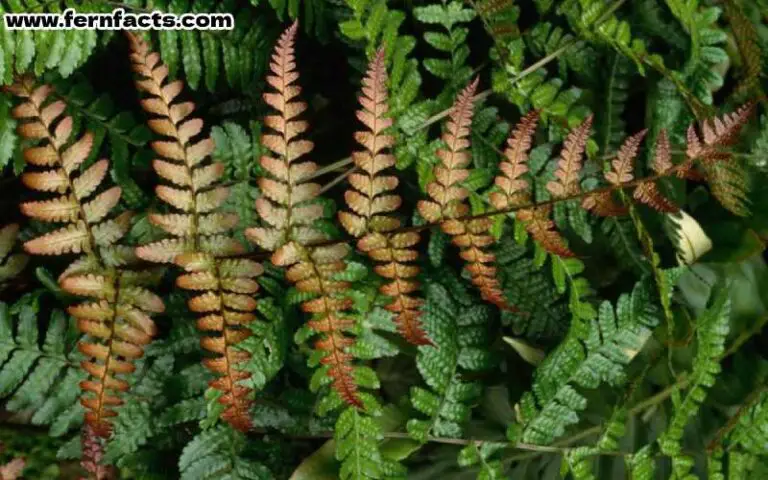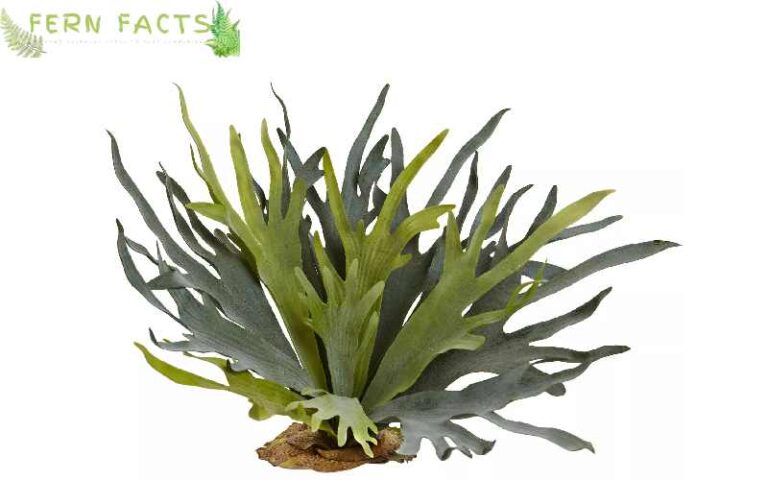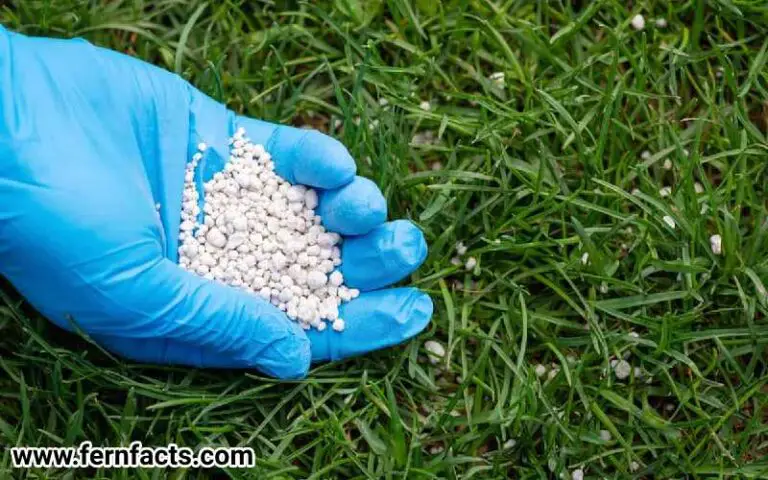How to Care for Outdoor Ferns in Pots
There’s nothing quite like outdoor ferns in pots to add a sense of natural beauty and relaxation to your yard. Ferns have a sense of sophisticated elegance that you can’t replicate with any other plant, which is why they are popular with homeowners.
But before you rush into purchasing ferns and potting them, you want to be sure you’re using the proper steps and materials and factor in such things as light requirements, soil, watering, etc.
These steps will ensure that your ferns not only get off to a healthy start but will continue to grow, thrive, and become lush, making a spectacular addition to your yard.
Consider this your helpful easy-to-follow guide on how to plant ferns in pots and then care for them. You’ll be so excited by the results you’ll want to display several potted ferns throughout the yard.
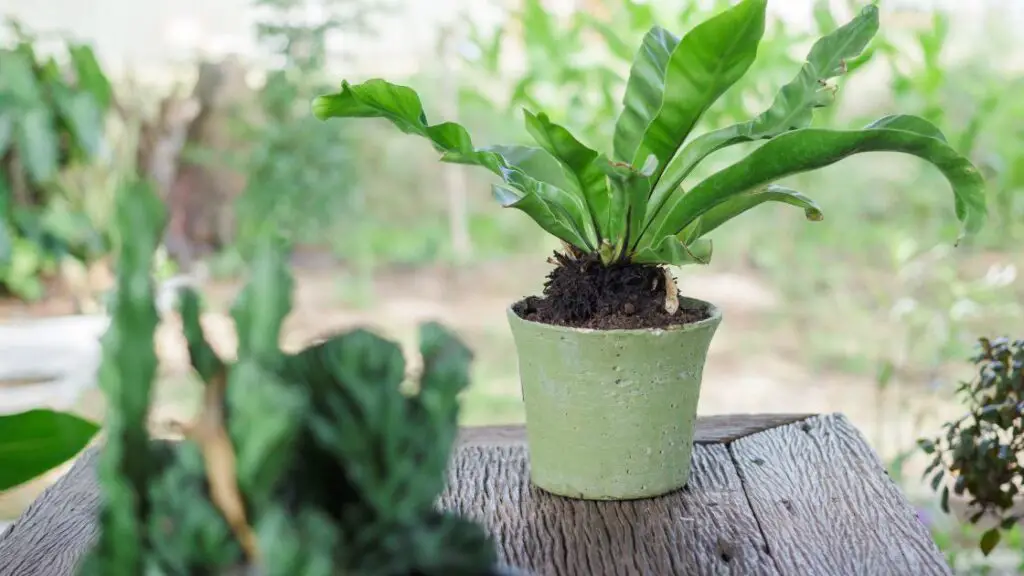
Types of Outdoors Ferns – Which Should You Choose?
Let’s begin with the kind of fern you choose. Not all types can be grown in pots, and each type you choose has specific instructions for its care. A few ferns that can do exceptionally well in ground pots are the following:
Royal fern
This one does best in partial to full shade, although if you live in a region with cooler summers, it can tolerate the sun a bit better. Its fronds are described as delicate, elegant, and sophisticated and have a silver and gold cast, making it an exciting addition to a pot.
Autumn fern
The Autumn fern requires part shade to shade to thrive. It gets its name from its coloring, which is green and bronze – reminiscent of the colors you find in fall. Because color can be hard to find in shade plants, use the Autumn fern to liven up otherwise dull areas of the yard. This one can handle poor soil and dry conditions much better than typical ferns.
Japanese Holly fern
This one features a rich deep green color and tends to be quite complete and lush. It can quickly overtake a pot and start overhanging it, especially if small. The Japanese Holly fern can be perfect in a humid climate, as it handles humidity well.
Hart’s Tongue Fern
Looking for a fern that always stays green? Hart’s Tongue Fern is evergreen and features untoothed, glossy, long emerald green fronds.
It is unique, and some may not even realize it’s a fern at first glance. Because it’s a medium-sized perennial, you can count on this as a permanent feature of your landscaping decor.
Maidenhair Spleenwort fern
Here’s another delicate option that does well in shady areas. The Maidenhair Spleenwort has fragile-looking fronds that are short and almost dainty looking.
It’s also a miniature fern that is a perennial. Its fronds are 1.7 cm wide and up to 6cm in length. It is green but has a purple-brown look to it. Just like a typical fern, it thrives in moist, well-drained soil.
Soft Shield fern
If you like mound shaping, then the Soft Shield fern can be perfect. It’s only 18″ tall and 24″ wide when mature, but it’s very full and fluffy.
The fronts have a softer appearance, which can blow beautifully in the wind. This one can tolerate the sun better than most ferns, giving you more flexibility with placement.
Sunset fern
The Sunset fern is perfect as a pop of color. Like a sunset, it features shades of green, yellow, bronze, orange, and red. This one is very strong-growing and is evergreen. It does well in partial shade growing to 24 “-30” in height.
Be sure to keep it to a single fern per pot, and don’t plant anything else with them – as they do best alone.
If you want to add more texture and interest to the landscaping design, you can use a variety of pots and scatter them around – provided they receive the correct amount of sun/shade for each type.
Read More About Asparagus Ming Fern.
How to Choose the Right Pot for the Fern

As you can see from the descriptions of the types of ferns, these are all unique varieties with specific care requirements.
The pot you choose will have such a huge impact on the fern that it will dictate how well it grows and thrives. Too small of a pot, and you risk it dying; too large of a pot, and you won’t get the dramatic effect you’re going for.
When choosing the size factor in the mature fern. How tall and wide does it get, will it overhang, and what is the root system?
No matter which pot you choose, it must be at least 6″ deep and give the fern a minimum of 1-2′ around the outside edge.
Even the material of the pot has an impact on the plant’s health. One type of pot you may be drawn to is attractive clay pots. These aren’t recommended for ferns as they dry out very quickly, which means maintaining moist soil conditions will be next to impossible.
Ceramics does better, but plastic or resin is generally the best option. They are still decorative, are budget-friendly, and they do an excellent job maintaining soil moisture.
What Soil Should You Choose?
Now let’s discuss the type of soil that is best for outdoor ferns. The main factor is to look for one that can maintain moisture, even in hot sunny conditions.
If you were to look for ferns in nature, you would find they thrive in rocky, sandy soil. It is also very high in natural organic material.
It’s best to imitate these natural features in your pot by adding organic matter like peat moss and sand. Many experts also suggest lining the bottom of the planter with small pebbles or gravel before adding the soil. You’ll find this helps with retaining moisture.
How Much Water Does Your Fern Need?
Watering is essential as too much, and you risk root rot, but insufficient water will make it impossible to keep the soil moist and the fern thriving.
And remember, watering isn’t a simple answer in that it will change based on your climate and weather conditions. If you get a lot of rain and temperatures are more remarkable than usual, chances are you don’t need much watering. Consistent watering will be necessary if you’re going through a summer heat wave.
Another tip is to water at the soil level rather than pour water over the fern’s top. Mistreating the fern may be all needed, which isn’t the case. Misting doesn’t hurt them, but it also doesn’t replace watering ferns.
How Much Sun/Shade Do Outdoor Ferns Need?
Determining your fern’s sun/shade requirements will be based on the type of fern, but generally speaking, ferns are a plant that does best in partial shade.
If they are placed in the sun, they need to be in a more excellent environment where it’s not too drying and hot. At the same time, they do need some light.
Here’s a look at the light levels and a few ferns that thrive in each condition:
Full sun – 6-8 hours of direct sunlight per day (Cinnamon fern, Royal Fern, Korean Rock Fern and Lady Fern)
Partial shade – 4-6 hours of sunlight per day (Evergreen Wood fern, Christmas fern, and Japanese Painted Fern)
Full shade – Less than four hours of sunlight per day (Tassel fern, Deer fern, and Japanese Holly fern, Foxtail Fern)
You’ll notice that there is still some sunlight, even in full shade. Most ferns fall into the partial shade category, with a few that can tolerate full sun and a handful that do well in full shade. Opt for indirect light when providing them with light, meaning the sun isn’t shining directly on them.
How to Fertilize Your Fern
Ferns need the right soil, light levels, moisture, and fertilization to thrive. Potted ferns are notorious for needing nutrients more often because the pots drain out the water, so many nutrients are lost.
Opt for monthly fertilization during the growing season and every 2-3 months during winter. If the plant has gone dormant, it doesn’t need fertilizing. The best fertilizer is a water-soluble 20-10-20 or 15-5-15 product. Be careful not to over-fertilize, as this will damage the fern.
How to Prune Your Fern
A significant selling feature of ferns is their low maintenance in terms of pruning. All that’s required is to remove damaged or dead fronds to ensure nutrients reach the rest of the plant.
You’ll also want to watch for insects that can destroy your ferns and treat the problem should it arise. Use a pair of sharp pruners or scissors for smaller ferns when pruning. You can cut the frond at the base, right near the soil.
Don’t Overlook These Beauties for Your Landscaping Design
Potted ferns are the perfect option if you want to update your landscaping design and add beauty, texture, elegance, and even promote relaxation.
Thanks to their variety in terms of color, size, and shape, you can create unique-looking pots that can be used throughout the yard. Just be sure you follow the steps where pot selection, soil, light conditions, and care are followed.

